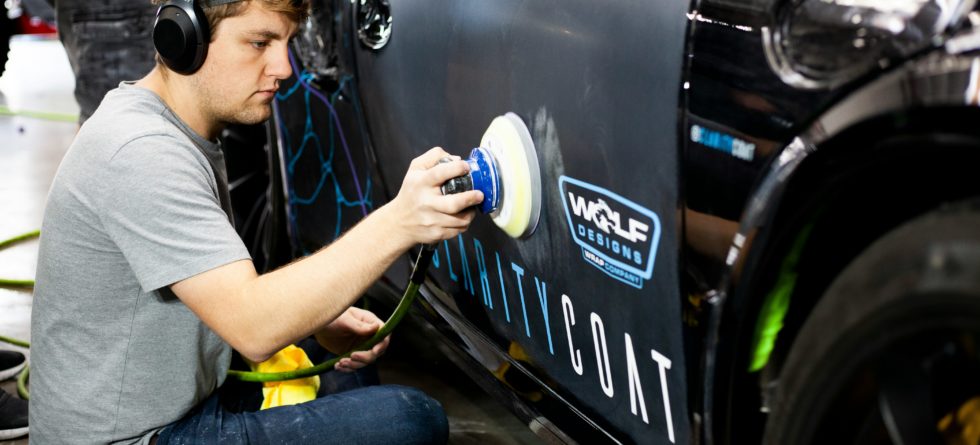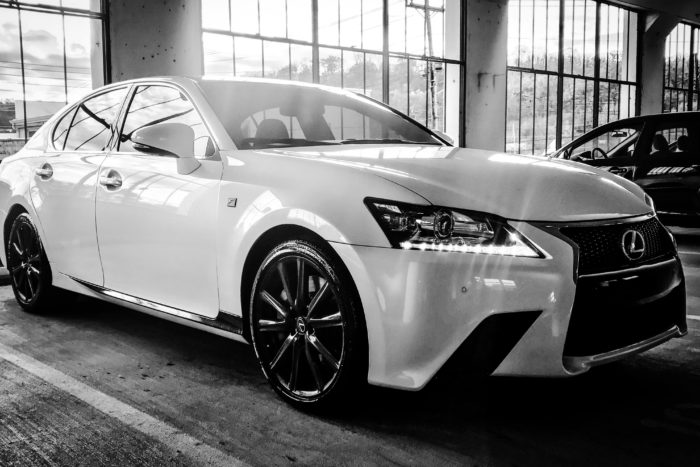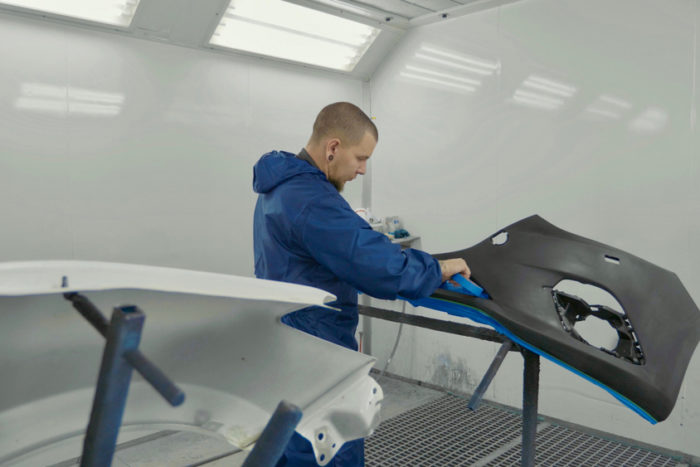What Happens If You Don’t Sand A Car Before Painting?

If you don’t sand a car before painting, several issues can arise that can affect the quality and durability of the paint job.
Sanding is a preparatory step in the painting process for several reasons…
- Adhesion – Sanding creates a rough surface for the paint to adhere to. Without sanding, the new paint may not stick well to the surface, leading to peeling, flaking, or chipping of the paint over time.
- Smooth Finish – Sanding helps to remove any existing imperfections on the car’s surface such as scratches, dents, or rust. Skipping this step can result in a paint job that looks uneven or bumpy, as these imperfections will be visible through the paint.
- Rust Prevention – If there is any rust on the car’s surface, sanding is necessary to remove it before painting. Painting over rust can cause the rust to continue spreading underneath the paint, which can lead to further damage to the car’s body.
- Improved Appearance – Sanding ensures that the new paint layer has a smooth and even surface to bond to, which contributes to a glossy and professional-looking finish. Without sanding, the paint might appear dull, or the texture of the underlying surface might show through.
- Longevity – A paint job that is done without proper preparation, including sanding, is likely to have a shorter lifespan. The paint may start to degrade or fail much sooner than if the car had been properly sanded and prepared.
Not sanding a car before painting can lead to poor paint adhesion, visible imperfections, potential rust issues, a less attractive finish, and a reduced lifespan of the paint job. Sanding is a step to ensure that the paint looks good, adheres properly, and lasts as long as possible.





